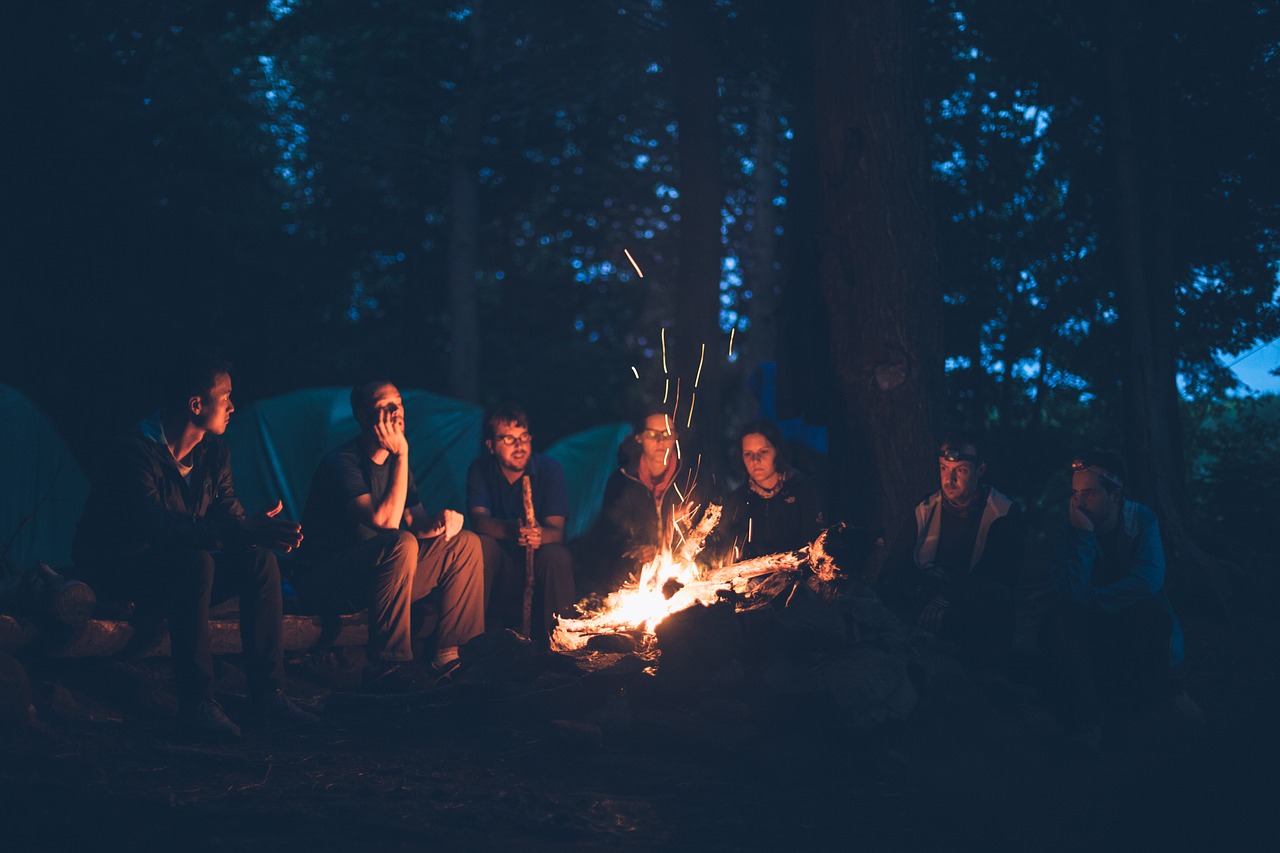Step by step to get the fire burning

I can’t deny it; I love fire, I love making it, managing and nurturing it and enjoying its warmth, light, and character. There’s nothing quite like sitting around the fire, with some friends and relaxing or cooking a meal over the flames or in the embers.
I keep asking for more fire stuff here at Outdoor Revival HQ but I don’t think it’s going to happen, there’s enough already!
This article will give you some basic info on getting your fire going so that you can experience that feeling of accomplishment and satisfaction, as well as preparing yourself for any emergency or survival situation that may occur.
Mankind has made use of fire for basic survival and security since Prometheus stole it from the gods, so we have a long history of using it and we still need to use it for:
Keeping us warm
Cooking our food
Protect us from animals
Purifying water for drinking
To sterilize first aid supplies
and more
When building a good fire is necessary for survival, it is well to use these tried and tested techniques.
First and foremost, be sure to have with you a lighter or matches that you’ve ensured are dry. Store them in a waterproof container; you will not want to be rubbing sticks together if you need the fire right away and you have little experience of doing it.


Before you begin, think about the location for your fire. It is best to make it in a reasonably sheltered position. Close to a source of fuel is always good or the fuel needs to be carried to the fire which can be time consuming and hard work, particularly if it’s dark.
Clear a place down to the level of the sand or rock, or clear flammable items away from the site and raise the fire off of the ground, you can use sticks to do this.
Your fire area can be as big or small as needed, if you’re on your own a small fire with a reflector might be sufficient, it will save fuel and be easier to manage than a bigger fire.
If there are a few of you a bigger fire might be needed or more than one fire.
If there are rocks in the vicinity you can build a “wall” around the area to insulate your fire and to help prevent sparks from escaping and possibly causing other problems; the rocks can act as a wind break as well. Be mindful though that the rocks can also stop the heat from reaching you and they need to be dry or they might explode because of trapped moisture that’s being heated causing pressure in the rock.
You will need to collect:
Tinder: The ideal is very dry, easy burning, and would consist of dry grasses, small twigs, newspaper or bits of cardboard. The main aim here is to have small (matchstick thin), and it catches light easily.
Kindling: This would still be twigs but a little bigger, with a thickness about that of a pencil.
Fuel: This is what will keep your fire going. Good fuels burn clean and if you can get nice dry dense fuel such as hardwoods they can burn a long time; other fuels work as well, such as, peat, or perhaps dried animal dung.

When you’re getting wood for your fire you can often check how dry it is by snapping it, you want a sudden cracking sound, a proper ‘snap’ rather than a bending and then a soft breaking.
To build your fire, begin with a pile of tinder in the center. Place kindling around this in the shape of a “pyramid or tepee”, leaving a gap to enable you to light the tinder and to allow a flow of air into the heart of the fire. Oxygen is essential for the chemical reaction that produces fire. As the tinder burns the kindling will fall in and onto the burning tinder and get the process going.
Keep adding kindling until the fire becomes bigger and hotter. When there are numerous red coals glowing, add some fuel in the shape of smaller pieces of wood, moving on to bigger logs as the fire grows in strength. Be careful to not add too much at a time, or you could completely smother the fire. Keep adding fuel regularly to keep the fire burning.

At all times, be sure to keep the fire contained and prevent your fire from spreading and getting out of control.
As you practice making and using fires, you will become more aware of what your fire needs, sometimes you need to introduce more oxygen, or you need some smaller pieces, or you might need some embers for cooking, so you use hard woods and rake them out when you need them.
Fires are a life long study, it’s easy to start a fire and let it do what it wants, it’s harder but much better to create fire and then manage it and shape it to what you need.
If you have any comments then please drop us a message on our Outdoor Revival facebook page
If you have a good story to tell or blog let us know about it on our FB page, we’re also happy for article or review submissions, we’d love to hear from you.
We live in a beautiful world, get out there and enjoy it.
Outdoor Revival – Reconnecting us all with the Outdoor
